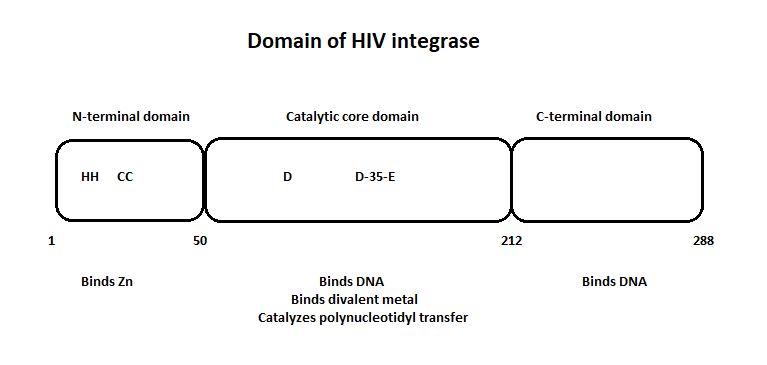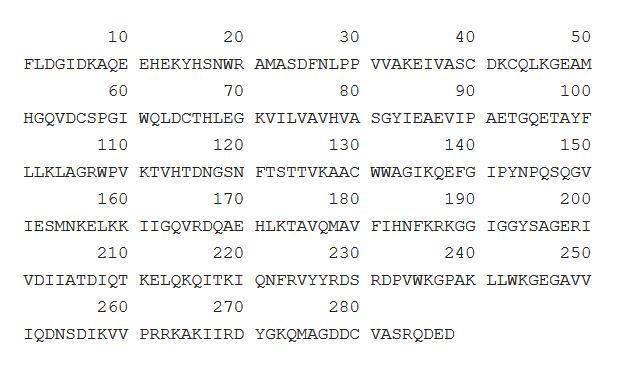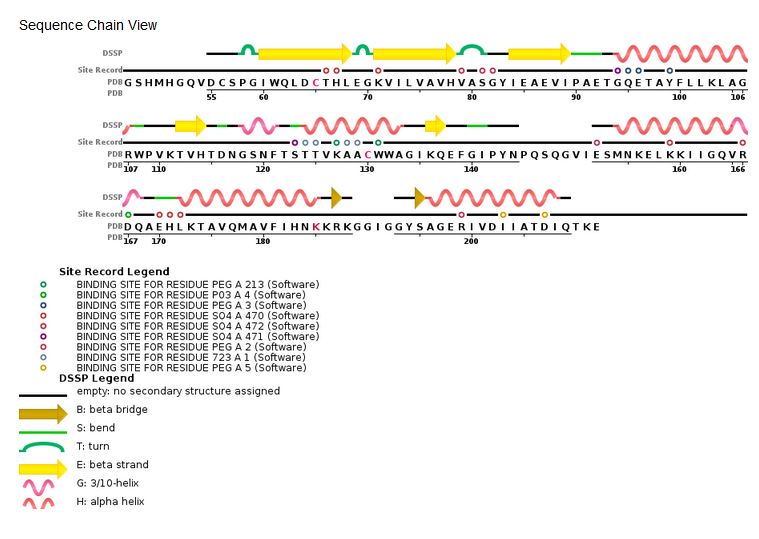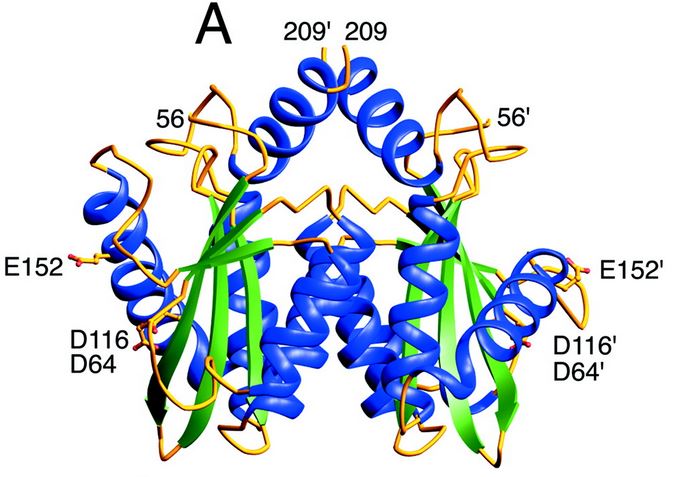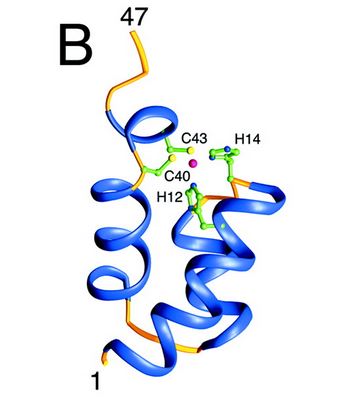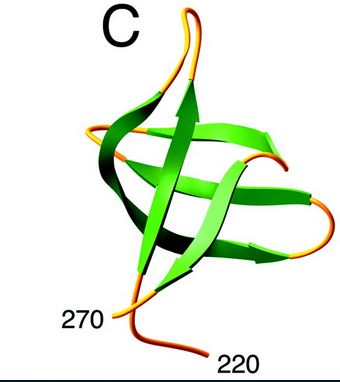Sandbox Reserved 1502
From Proteopedia
(Difference between revisions)
| Line 16: | Line 16: | ||
<tr id='resources'><td class="sblockLbl"><b>Resources:</b></td><td class="sblockDat"><span class='plainlinks'>[http://oca.weizmann.ac.il/oca-docs/fgij/fg.htm?mol=3lpt FirstGlance], [http://oca.weizmann.ac.il/oca-bin/ocaids?id=3lpt OCA], [http://pdbe.org/3lpt PDBe], [http://www.rcsb.org/pdb/explore.do?structureId=3lpt RCSB], [http://www.ebi.ac.uk/pdbsum/3lpt PDBsum], [http://prosat.h-its.org/prosat/prosatexe?pdbcode=3lpt ProSAT]</span></td></tr> | <tr id='resources'><td class="sblockLbl"><b>Resources:</b></td><td class="sblockDat"><span class='plainlinks'>[http://oca.weizmann.ac.il/oca-docs/fgij/fg.htm?mol=3lpt FirstGlance], [http://oca.weizmann.ac.il/oca-bin/ocaids?id=3lpt OCA], [http://pdbe.org/3lpt PDBe], [http://www.rcsb.org/pdb/explore.do?structureId=3lpt RCSB], [http://www.ebi.ac.uk/pdbsum/3lpt PDBsum], [http://prosat.h-its.org/prosat/prosatexe?pdbcode=3lpt ProSAT]</span></td></tr> | ||
</table> | </table> | ||
| + | |||
== Function == | == Function == | ||
| - | + | An integrase is an enzyme required for the integration of viral DNA into the host genome. The process of integration can be divided into two sequential reactions. In the first one, named 3'-processing, the enzyme removes di- or trinucleotides from viral DNA ends to expose 3′-hydroxyls attached to CA dinucleotides. The second step is the insertion of the processed 3′-viral DNA ends into the host chromosomal DNA by a trans-esterification reaction. This is called the strand transfer. | |
| + | The HIV integrase is the enzyme responsible for the integration of the HIV's viral DNA into the host cell. | ||
| Line 72: | Line 74: | ||
An antiviral refers to a molecule disrupting the replication cycle of one or more viruses, thus allowing to slow down but rarely to stop a viral infection. Antiviral targeting specific regions of the integrase are used to prevent the replication of HIV. For example, the (6-chloro-2-oxo-4-phenyl-1,2-dihydroquinoline-3-yl)acetic acid, interacts with <scene name='80/802676/Site_of_interaction/7'>the binding site of the LEDGF/p75 cofactor</scene>. This site is situated in the core domain. Once it is fixed into the core domain, the LEDGF/p75 will not be able to join and viral integration of the retrovirus will not be possible anymore. | An antiviral refers to a molecule disrupting the replication cycle of one or more viruses, thus allowing to slow down but rarely to stop a viral infection. Antiviral targeting specific regions of the integrase are used to prevent the replication of HIV. For example, the (6-chloro-2-oxo-4-phenyl-1,2-dihydroquinoline-3-yl)acetic acid, interacts with <scene name='80/802676/Site_of_interaction/7'>the binding site of the LEDGF/p75 cofactor</scene>. This site is situated in the core domain. Once it is fixed into the core domain, the LEDGF/p75 will not be able to join and viral integration of the retrovirus will not be possible anymore. | ||
The whole complex between the integrase and the cofactor is displayed on the Proteopedia page [[2b4j]]. | The whole complex between the integrase and the cofactor is displayed on the Proteopedia page [[2b4j]]. | ||
| + | |||
== HIV == | == HIV == | ||
| - | HIV stands for human immunodeficiency virus. It is a retrovirus virus that damages the cells in the immune system and weakens the ability to fight everyday infections and disease. Copied into DNA, HIV is inserted into the genome of the infected cell thanks to integrases. To replicate and diffuse himself it attacks the body’s immune system, specifically the CD4 cells (T cells), which help fight off infections. As soon as HIV enters an individual, it accumulates in | + | HIV stands for human immunodeficiency virus. It is a retrovirus virus that damages the cells in the immune system and weakens the ability to fight everyday infections and disease. Copied into DNA, HIV is inserted into the genome of the infected cell thanks to integrases. To replicate and diffuse himself it attacks the body’s immune system, specifically the CD4 cells (T cells), which help fight off infections. As soon as HIV enters an individual, it accumulates in the cells and forms reservoirs of latent viruses in a few days or even hours. These reservoirs persist for life. |
| - | No cure currently exists, but HIV can be controlled by using antiretroviral therapy or ART. It is a combination of antiretroviral drugs to maximally suppress the HIV virus and stop the progression of HIV disease. | + | No cure currently exists, but HIV can be controlled by using antiretroviral therapy or ART. It is a combination of antiretroviral drugs to maximally suppress the HIV virus and stop the progression of HIV disease. In the mid-1990s, before the introduction of ART, people with HIV could progress to AIDS in just a few years. Today, someone diagnosed with HIV and treated before the disease is far advanced can live nearly as long as someone who does not have HIV.[https://www.hiv.gov/hiv-basics/overview/about-hiv-and-aids/what-are-hiv-and-aids] |
| - | == | + | == AIDS == |
| - | AIDS is the ultimate stage of infection with the human immunodeficiency virus. The word AIDS stands for Acquired Immunodeficiency Syndrome. People with AIDS get an increasing number of severe illnesses, called opportunistic infections, because of there damaged immune system. | + | AIDS is the ultimate stage of infection with the human immunodeficiency virus. The word AIDS stands for Acquired Immunodeficiency Syndrome. People with AIDS get an increasing number of severe illnesses, called opportunistic infections, because of there damaged immune system. Are considered to have progressed to AIDS individual whose number of CD4 cells is lower than 200 cells per cubic millimeter of blood (200 cells/mm3). CD4 counts are between 500 and 1,600 cells/mm3 for someone with a healthy immune system. Developing one or more opportunistic illnesses, regardless of the CD4 count is also an indicator showing the progression to AIDS.[https://www.hiv.gov/hiv-basics/overview/about-hiv-and-aids/what-are-hiv-and-aids] |
Revision as of 00:31, 11 January 2019
| This Sandbox is Reserved from 06/12/2018, through 30/06/2019 for use in the course "Structural Biology" taught by Bruno Kieffer at the University of Strasbourg, ESBS. This reservation includes Sandbox Reserved 1480 through Sandbox Reserved 1543. |
To get started:
More help: Help:Editing |
3lpt - HIV integrase
| |||||||||||
